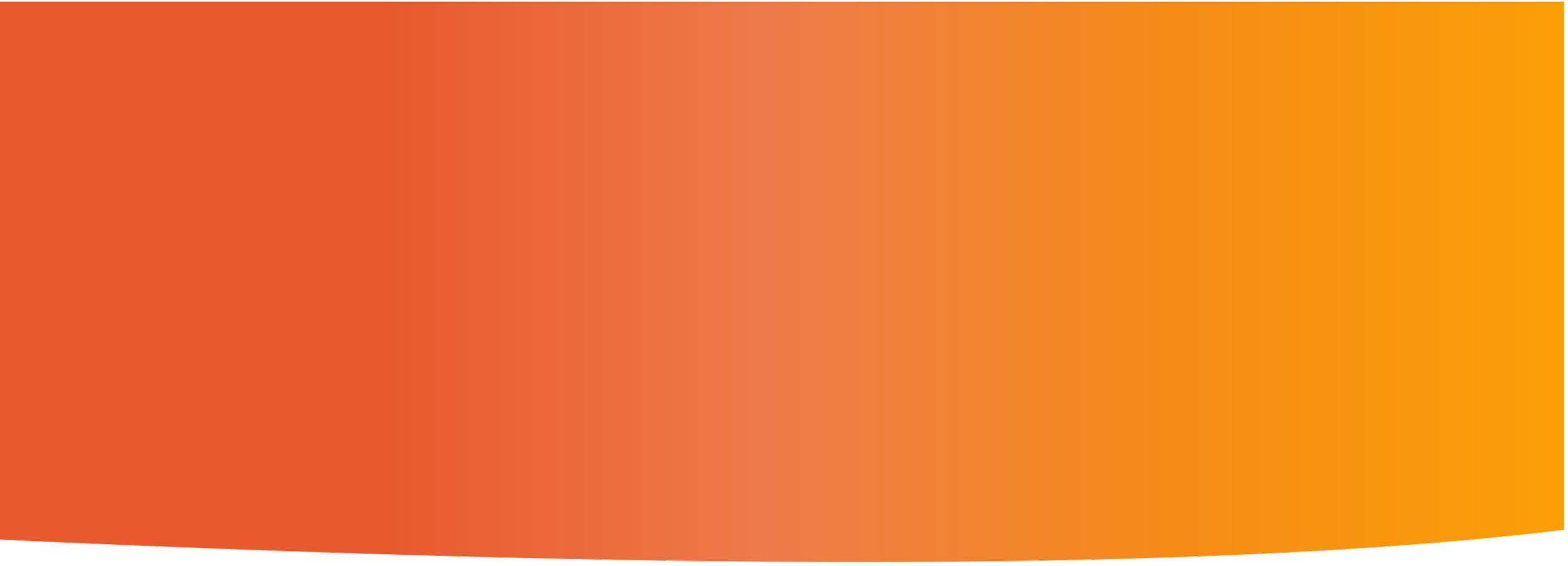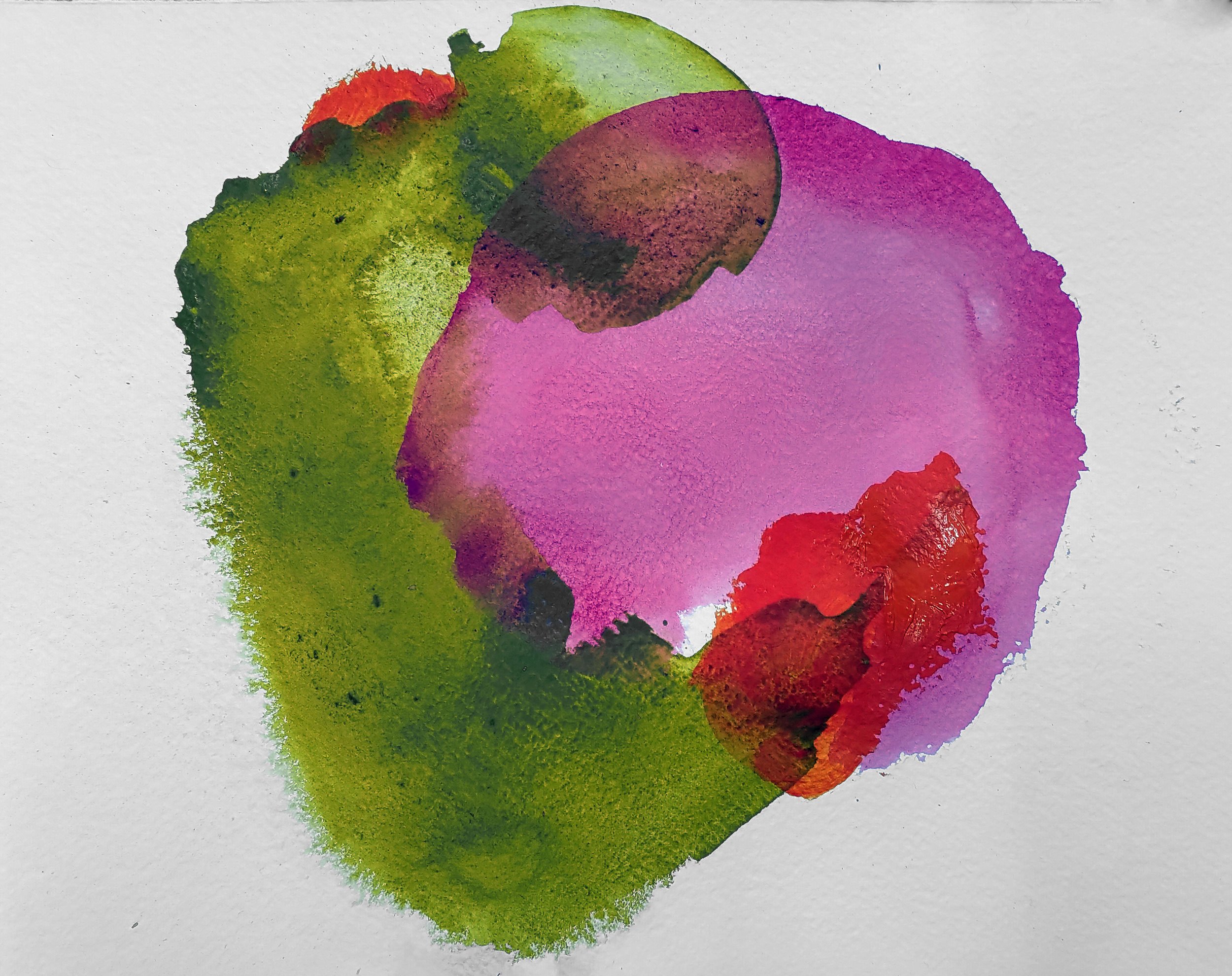
Stories
Insights & Ideas
We’re always learning and expanding our thinking.
Three Small Experiments in Getting Unstuck
When you can’t think yourself out of a problem, it’s time to act. But taking action doesn’t mean that the action has to be big or even that you have to be particularly sure about it. In fact, often the best actions are small experimental ones. This small experiment approach is what I’ve been using to try and break through my creative block.
KonMari Your Mental Space
My brain is so overloaded these days that it’s affecting my creative work. It’s time for a mental spring cleaning! Over the past week, I’ve been using the KonMari method to tidy up my mind and close out the open cognitive loops of mental clutter.
Jello, Cement, and Mindsets
Like Jello and cement, once our minds are set they are hard to change. This has certainly been true of my “paint scarcity” mindset in the studio. One alternative to trying to think ourselves into a new mindset is to look to the environment for help. This is just what I did when I set out to shift my paint scarcity mindset by creating a micro-environment of abundance.
It’s Not Me, It’s Barcelona
Environment matters. It’s easier to get daily exercise in a city that is designed for walking than one that is designed for driving. It’s easier to eat a healthy diet if that is what’s on the menu. And it’s easier to learn a language in a city that immerses you. Unfortunately, that is not Barcelona. In my ongoing effort to tip to Spanish fluency, I find myself wondering if I can tweak my environment in order to offload some of the learning burden from my own waning willpower.
Digesting Art and Other Information
Artists communicate not just through art but also about art. We talk about our work. We teach. We care about helping people understand. And yet in our excitement to share everything we know, it is all too easy to share too much. To think about content but not form. And so, like so many well-intentioned communicators, we end up overwhelming or boring our audience. We can do better.
Retrospecting My Future
When it comes to planning, why do we tend to overestimate our abilities and underestimate time and costs? This year, I’m coupling my annual art practice planning with a “premortem” technique. Read on to learn more about cognitive biases, premortems, and my own Christmas Carol inspired process.
Introducing reDirect’s 2025 Artist in Residence
Meet Anne Kearney, reDirect’s 2025 Artist-in-Residence.
Relying on Technology Alone to Sharpen Your Focus? You Might Be in For a Wait.
If we pause and look at the people around us in almost any public space, we’re likely to find someone with a wearable device. "Wearables" have become widespread consumer products that also provide us with more information about ourselves than we ever thought possible. But are wearables worth our attention and the other resources we spend on them?
Crafting a Visual Environment for Sharing Information
In the modern era of technology, humans are constantly inundated with visual information. When visual information is so pervasive, how can we share our knowledge in a way that increases clarity and understanding instead of adding to the deluge?
The Science of Restorative Breaks
Have you ever considered that your attention is as valuable a resource as your time? And just like the number of hours in a day, your capacity to pay attention is limited. In this article, we’ll explore why our brains get tired and how the power of nature can reboot them effectively.
Micro-Breaks for the Busiest of Times
What is a "micro-break"? While the best way to restore your attention is to spend time in nature (and avoid looking at screens), we know that isn’t always possible. This post offers some simple micro-break ideas that may give your mind some relief throughout the day.
Supporting Mental Bandwidth: Break Culture in Workplaces
We all start the day with limited resources. When it comes to work, those resources include our time, our energy, and our attention. And, despite what “hustle culture” tells us, there’s a limit to how much we can accomplish each day.
This post explores what it means to “take a break,” and how we can foster work environments that support them.












